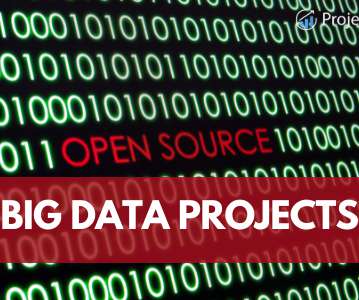Data Collection for Machine Learning: Steps, Methods, and Best Practices
AltexSoft
JUNE 26, 2023
Find sources of relevant data. Choose data collection methods and tools. Decide on a sufficient data amount. Set up data storage technology. Below, we’ll elaborate on each step one by one and share our experience of data collection. Key differences between structured, semi-structured, and unstructured data.












Let's personalize your content